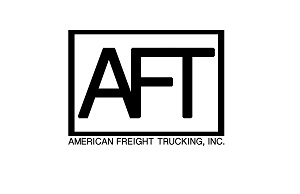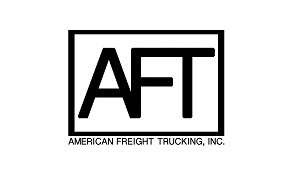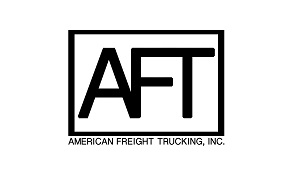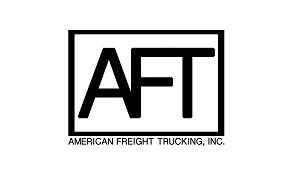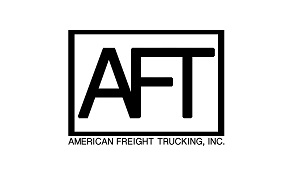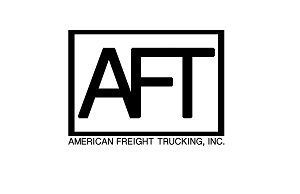Scania Expanding Thailand Operations
Photo: Scania Thailand
">Photo: Scania Thailand
">Sweden-based truck maker Scania AB said on Feb. 6 that it has identified Thailand as one of the key markets in Asia and so is expanding its industrial and commercial operations there.
A new assembly plant for trucks and bus chassis as well as a manufacturing facility for truck cabs will be established in the Bangkok Metropolitan Region. The total investment is pegged at EUR 21.2 million (almost U.S. $23 million). Operations are scheduled to start in 2018.
In addition, Scania will establish a regional headquarters in Thailand to support its distributors in the Asia and Oceania markets.
"The new establishment will bring all industrial and commercial functions in Scania even closer to our customers in Asia in general and in Thailand in particular," said Ted Göransson, project director. "By increasing our local presence, we will be able to quickly respond to customers' demands and make sure that we provide the best transport solution for each customer."
The expansion complements the already announced increase in Scania's service network in the country from the current 10 facilities to 18 workshops in 2019.
Scania is owned by Germany's Volkswagen AG.
Related: Scania Tests Autonomous Platooning in Singapore
Follow @HDTrucking on Twitter
...Read the rest of this story
